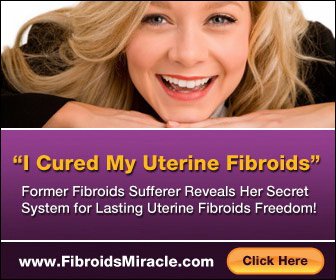A ketogenic diet is focused on consuming foods with low carbohydrates and high fats. By replacing carbs with fat, the body quickly burns fat into energy and converts it into a compound in the liver called ketones. Once the body uses fat as its main source of energy, it enters a metabolic state called ketosis.
Ketosis and ketones are helpful in reducing body weight and blood sugar. Unlike most low fat diets, the ketogenic diet helps the body lose weight without making the dieter feel too hungry. Due to lower carb intake, the body automatically loses more appetite, which leads to less calorie consumption.
Ketogenic diets are a beneficial tool for curing most diseases such as cancer, heart disease and polycystic ovary syndrome. According to medical studies, a ketogenic diet is effective in improving overall health. The diet may also decrease excessive fat stores in the body, and help balance hormone levels, which can shrink uterine fibroids.
To undergo a ketogenic diet, the dieter must eat less than 30 to 50 grams of carbohydrates every day. Listed below are foods necessary for the most effective ketogenic diet.
Avocados
Though banana is known as the best source of potassium, an avocado contains more potassium. It is a good source of fiber, which makes it a likely candidate for getting rid of uterine fibroids. Unlike most fruits, avocado is abundant in healthy fats, and has several positive effects on one’s health. Other benefits of avocados include low levels of cholesterol and triglyceride.
Avocado can be eaten whole or used as ingredient in dishes like guacamole. Eating avocados can give several vitamins necessary for uterine health, such as vitamins A, B1, B2, B3, B5, B6, C, E and K. It also provides nutrients such as potassium and small portions of manganese, iron, zinc and phosphorous.
Unprocessed Cheese
Cheese is a prime source of calcium, protein, and fat. The milk of completely grass-fed animals offer the most nutrients in cheese. These nutrients are omega-3 fatty acids, zinc, vitamin A, B-12 and K-2.
Mozzarella, cheddar and blue cheese are suitable foods for the ketogenic diet. Other types of cheese can also offer high amounts of fat and low amounts of carbs, as long as they are unprocessed.
Low-Carb Vegetables
Most of the low-carb vegetables you can find in markets are green. These include leafy greens like spinach, bok choy, and watercress as well as cruciferous vegetables like broccoli and cabbage. These veggies are rich in minerals, vitamins and nutrients that can improve digestion and avoid disease.
In a ketogenic diet, a popular meal plan is a highly nutritious salad consisting of low-carb vegetables with cheese and guacamole. Some dieters prefer stir frying vegetables and spicing it up with grated cheese and herbs.
Nuts and Seeds
Nuts and seeds are full of fiber and good nutrients. Walnuts, almonds, and flax seeds are the best foods for sufferers of uterine fibroids. They are satisfying and rich in fats, which make them the go-to staple for most ketogenic diets.
As long as they are eaten in moderation, nuts and seeds are a portable and enjoyable snack for post-meals. They are healthy additions as ingredients or toppings in dishes like salads. Because of their low-carb properties, nuts and seeds are effective tools in achieving weight loss.
Fish
Mackerel, salmon, trout and tuna are a few common examples of fatty fish found in the ketogenic diet. Fish is a natural source of protein, omega-3 fatty acids and contains small amounts of carbohydrates.
Because of its positive effects, fish is known as a keto-friendly food that goes well with many meals. They are versatile as an ingredient and are often the main dish during mealtime. According to health professionals, incorporating fish into your diet can also prevent heart diseases and arthritis.


